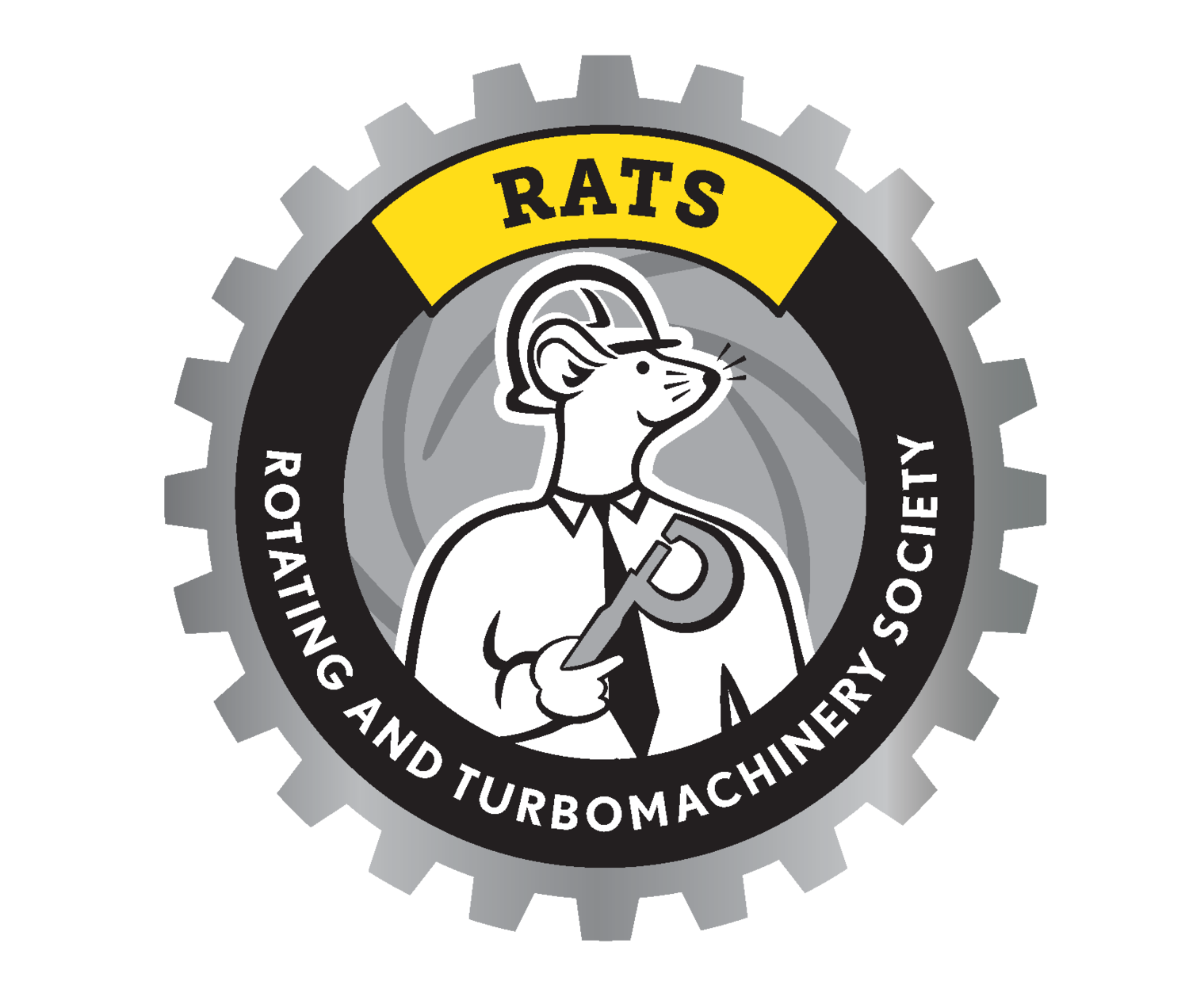TOPIC:
Laser Cladding Technology
INSTRUCTOR(S):
-
Abdel is the Western Canada Sales Manager and is a Surface Coating Specialist with Castolin Eutectic for 6 years. He is a Materials Engineer by trade, obtaining his degree from McGill University. He also volunteers time for the Moroccan Society of Alberta.
DETAILS:
One (1) hour presentation, including up to 15 min. Q&A
DESCRIPTION:
Laser cladding is a deposition process that is gaining widespread acceptance for restoration of rotating and turbomachinery parts. Laser cladding delivers a higher quality coating material with very little distortion and dilution, as well as enhanced surface quality.
Compared to conventional cladding techniques, it is a valuable precision-driven process which is a to-go solution for the challenging applications when other processes can’t be used. For example, all fusion welding processes generate a heat affected zone and the properties in that region are unlikely to meet base metal requirements without a postweld heat treatment. This is significantly important when the base material is quenched and tempered steel, which is commonly used for turbomachinery shafts. However, with laser cladding post-weld heat treatment usually is not required due to low heat input of the process, which greatly reduces the size of the heat affected zone.
It is important to understand the basic capabilities, limitations, and potential pitfalls of the laser cladding process, and how it should be qualified to ensure that laser weld repairs meet requirements for the given application. Therefore, as a case study for restoring rotating/turbomachinery part, we will discuss the challenge as well as solution and outcome of a key component in the O&G industry.
Plungers in pumps and compressors exhibit rapid surface wear. These components had previously been coated using HVOF process. Using laser cladding process with proprietary alloy, we managed provide a higher wear resistance and at least double the service life when compared to HVOF coating.

